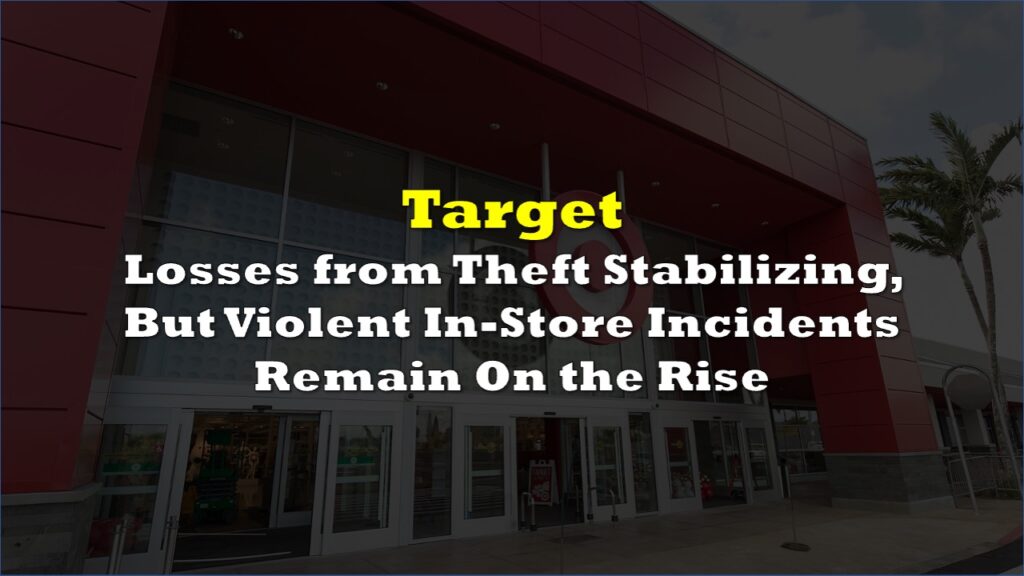Retailers are raising concerns about a surge in theft incidents and violent store robberies, but some experts argue that the extent of this issue might be overstated. While theft has indeed become more visible and violent, some retail analysts contend that it serves as a convenient deflection from other challenges faced by retailers, including weak demand, mismanagement, and rising costs.
A recent report by retail analysts at William Blair suggests that the actual increase in theft rates does not align with the heightened level of commentary and actions taken by retailers on the matter. The report posits that retailers are increasingly vocal about theft to draw government action and potentially divert attention from other pressing issues affecting their businesses.
The National Retail Federation reported a 19% increase in losses, known as shrink, to $112 billion last year based on a survey of 177 retailers. However, when analyzed as a percentage of sales, shrink decreased during the height of the pandemic as stores temporarily closed and only marginally increased in 2022 as stores reopened.
While retailers like Target (NYSE: TGT) have attributed store closures to theft and organized retail crime, questions arise regarding the accuracy of these claims. Journalist Judd Legum at Popular Information found that the stores Target closed in New York and San Francisco had lower reported theft rates compared to nearby locations.
The William Blair analysts suggest that these closures may have more to do with underperforming store locations and potential ulterior motives, such as improving overall margins.
Retail analysts also point out that the impact of theft on profits is relatively small and temporary, making it an insufficient reason to close stores. Shrink, which includes losses from theft, damaged products, and inventory mismanagement, constitutes just 1.5% to 2% of retailers’ sales, and its percentage has remained steady for years.
“We believe companies like Target could indeed be using the current narrative around shrink to take broader action in lagging parts of their business,” analysts at William Blair said. “We have to acknowledge potentially ulterior, more opportunistic motives.”
The analysts added that Target could be using the theft issue to cover up other problems such as poor inventory management, “which came to a head in 2022 following supply chain disruption,” and they may be closing stores to “boost overall margins.”
Retailers are grappling with various structural issues, including the shift to online shopping and over-expansion of brick-and-mortar retail. Factors like self-checkout and low staffing levels have unintentionally exacerbated shrink in some cases, making it a complex issue for retailers to address.
Information for this story was found via Popular Information, William Blair, and the sources and companies mentioned. The author has no securities or affiliations related to the organizations discussed. Not a recommendation to buy or sell. Always do additional research and consult a professional before purchasing a security. The author holds no licenses.








